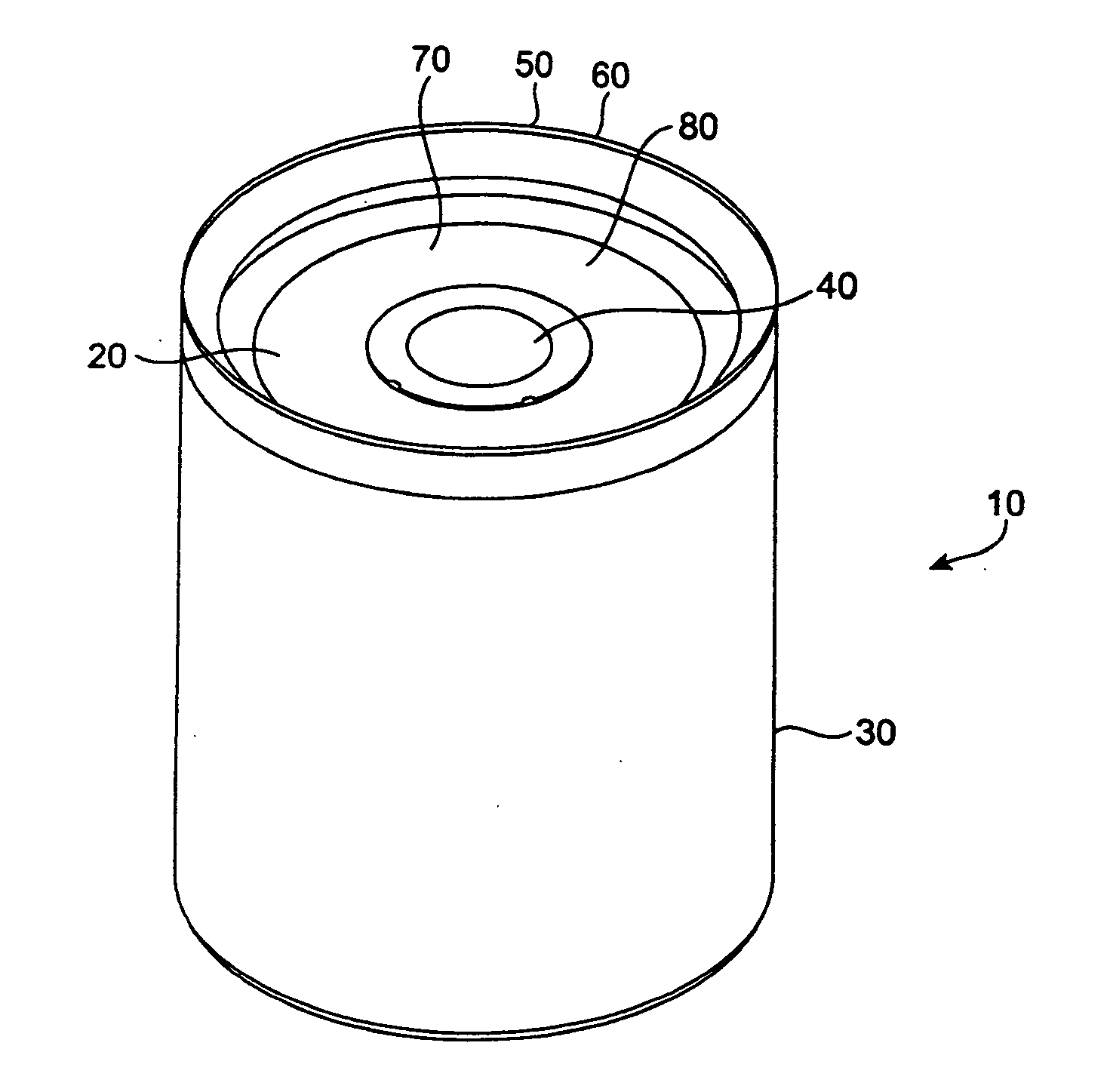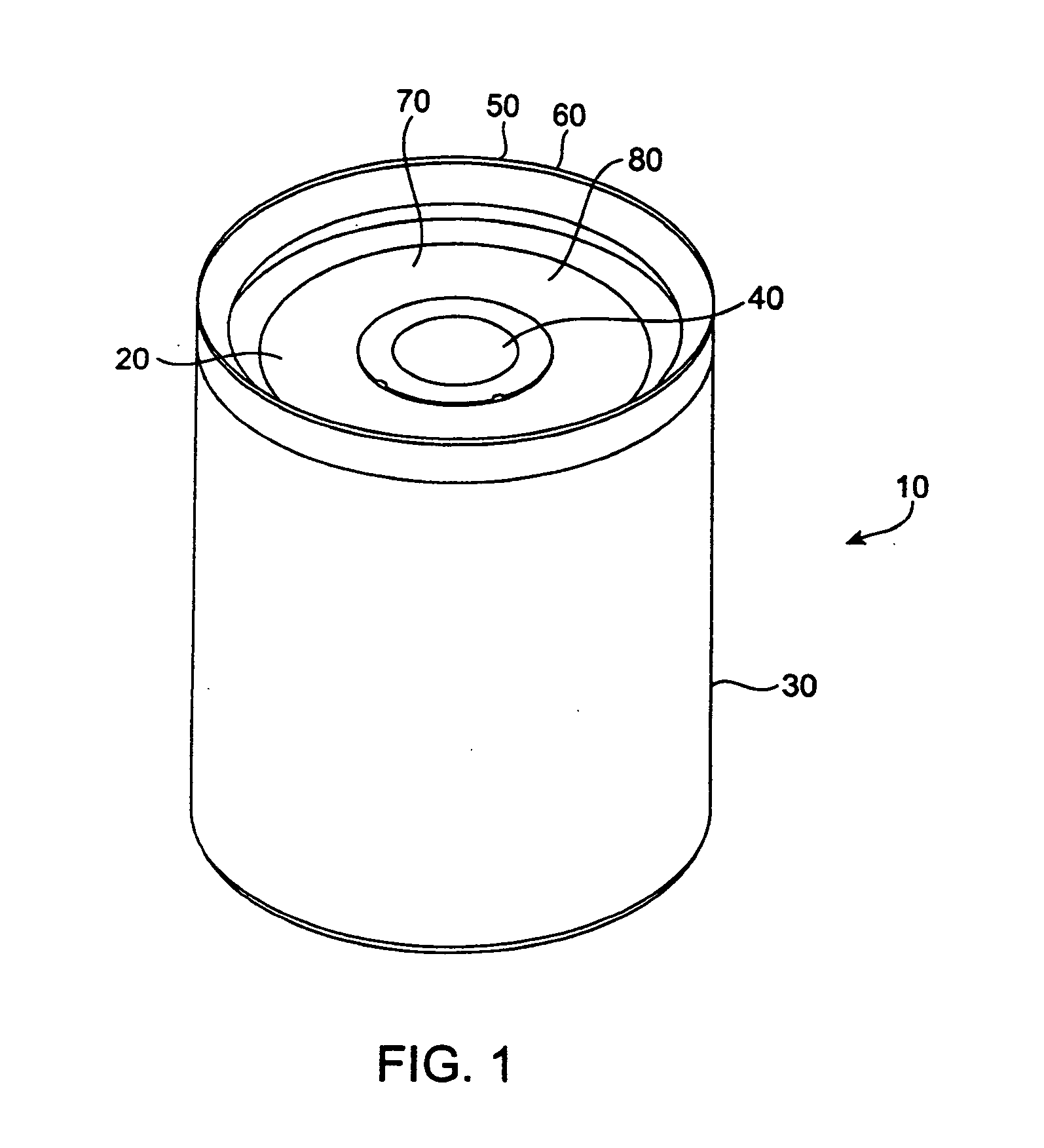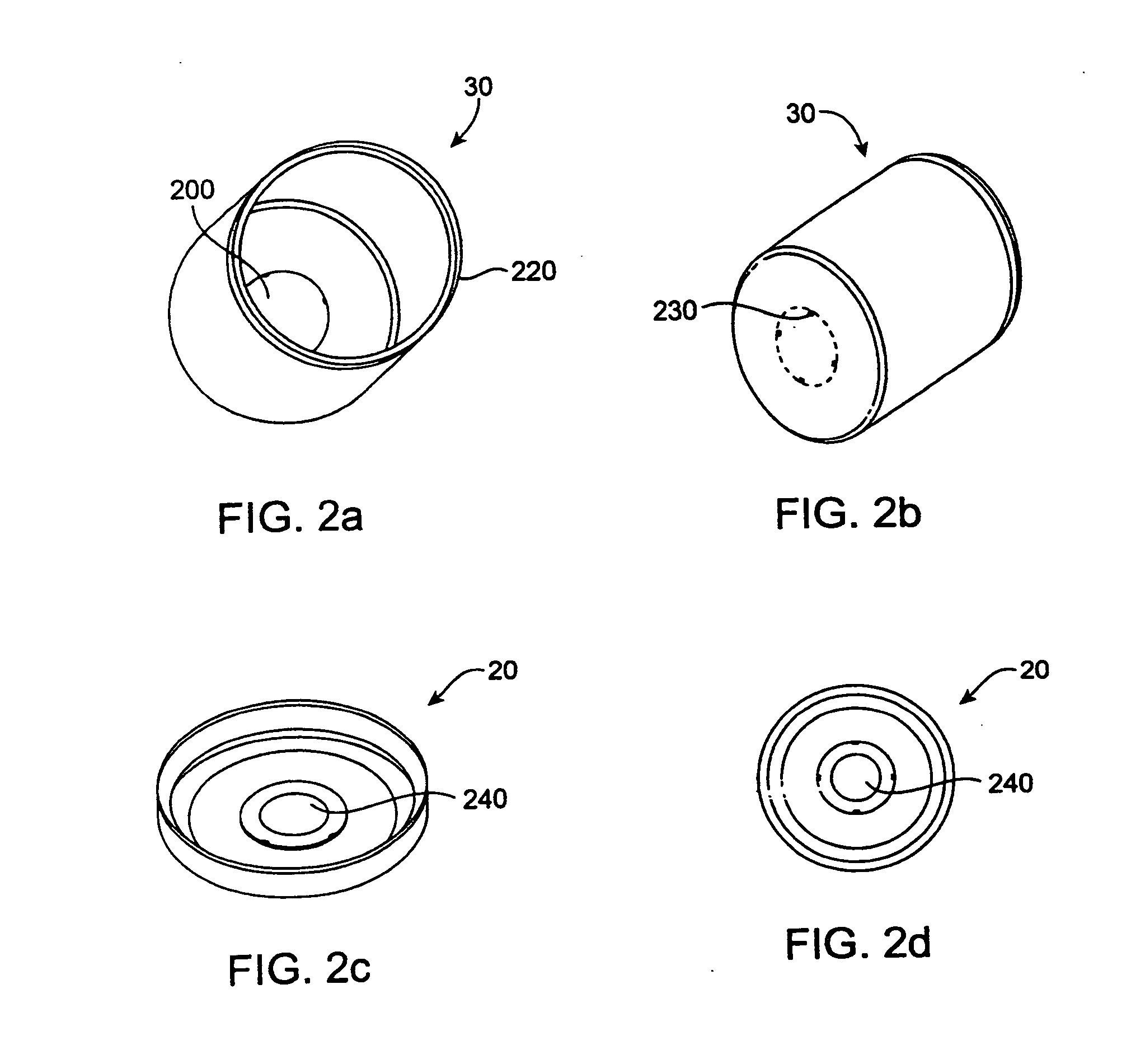Beginning in the early 1990's, however, the popularity of pick-up trucks and sports utility vehicles, which are not as fuel efficient as standard automobiles, has sparked new
gasoline demand growth in the United States.
In transportation uses, there is little fuel substitution possible in the short term and only limited potential in the longer term, given
current technology.
However, there are significant issues with these batteries that have made them commercially impracticable.
Second, they are bulky.
Fourth, they are slow to charge.
Exasperating this problem, disposed batteries can be an
environmental hazard if not properly recycled.
And sixth, they are expensive.
If
external pressure is not exerted on these
layers, the distance between the
electrode surfaces becomes far from each other, failing to maintain the electric connection between the electrodes via the
ion conducting layer, thereby deteriorating the battery properties.
The homogeneity of electrical resistance (and thereby current flow) across the surface of such an
electrode is disturbed, leading to
lithium plating,
dendrite formation, and short-circuiting.
), which may result in an explosion.
This variation in
diameter of the
jelly roll creates voids or lack of contact between the
layers of the
jelly roll (leading to the problems caused by inadequate stack pressure discussed above).
This process is well developed with good quality and output rates, but is expensive.
The process places limitations on how thin the
metal housing can be, as the
metal used must be sufficiently thick so as not to tear while it is being stretched.
The
welding procedure used is highly complex, but well developed.
There is a high cost associated with both the
welding equipment and the maintenance required.
This process also places a limitation on how thin the metal housing can be, since the metal must be sufficiently thick in order to bend.
As a consequence of these manufacturing limitations, the conventional metal housing comprises a large percentage of the volume and weight of a lithium-based battery, thus decreasing the
energy density of the battery
unit volume and unit weight.
This is an even more significant problem in the case of
large format lithium batteries, where in order to draw a taller can the starting metal plate must be thicker and heavier.
Additionally, because of the fixed dimensions of the metal housing there is a large amount of
void space in the container.
This
void space implies lack of pressure on the laminated interface surfaces, and consequent underperformance and risk of explosion.
Because of lithium's higher capacity, there is a heightened danger of explosions associated with the use of a
lithium battery.
When an excessive electrical or
thermal load is applied, a short-circuit state occurs within the battery thus generating gas, and abnormally high
internal pressure.
When the battery is overcharged, gas is generated within the battery due to
decomposition of an electrolytic solution, and the
internal pressure of the battery rises abnormally.
Due to the thickness of the metal can, pressure may accumulate until finally a catastrophic explosion results, wherein contents of the battery may be uncontrollably propelled.
However, the periodic and
continuous release of
gas pressure may, in some situations, permit
electrolyte leakage containing salt and other particulate which may foul the resealable valve, and generally requires additional costly components.
There is usually some serious swelling of the
cell before the seal breaks.
While these approaches for venting
high pressure gas from the
cell have resulted in the ability to vent excessive pressure, they have not optimized the volume consumed by the seal member, or lack an accurate rupture pressure mechanism.
Secondly, plastic can be easily formed into complex shapes for battery housings by
extrusion, injection molding,
thermoforming or other processes.
When the surface-treated moldings are bonded together with an
epoxy or
acrylic adhesive, the bonded portions may be affected and reduced in
bonding strength by the
electrolysis solution comprising organic solvents, in the case of lithium and other similar types of batteries.
Also, since those adhesives are hard, the bonded portions, when subject to an external force such as vibrations, may crack and leak the electrolytes.
Since lithium batteries must be strictly protected against
moisture, degradation of the bonded portions has catastrophic consequences.
First, the blister
package requires sealing a surface on all sides of the
package. Since the performance of the battery depends much on the integrity of the seal, the sealing process is critical to the packaging operation.
Second, there are numerous variables associated with the sealing process that cannot be monitored in real time, making the process difficult at high speeds.
Third, folding and gluing of the sealing tabs is complex and can affect the
electrode components and damage the seal.
Fourth, the
package must be sealed under vacuum in an attempt to maintain
constant pressure on the entire
electrode interface area. Since the package has significant void area, the negative pressure inside the package will move some of the electrolyte solution to those void areas providing for discrete electrical paths affecting the performance of the
cell. Because heat is applied to the package to seal it while applying the vacuum, there is a
significant risk of displacement of electrolyte in the cell.
Fifth, the contact tabs must pass through the seal, creating a metal to plastic interface that is difficult to seal and monitor.
Sixth, the differential of pressure due to altitude influences the pressure exerted on the
electrode interface area, and may affect the performance of the battery.
 Login to View More
Login to View More 


